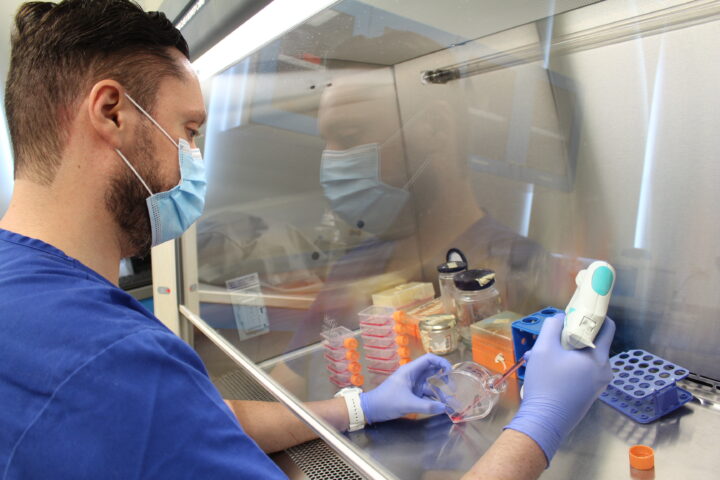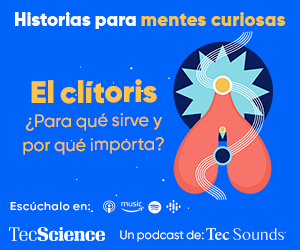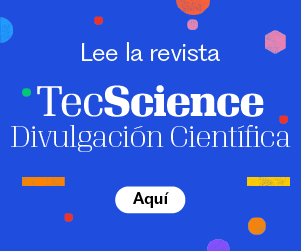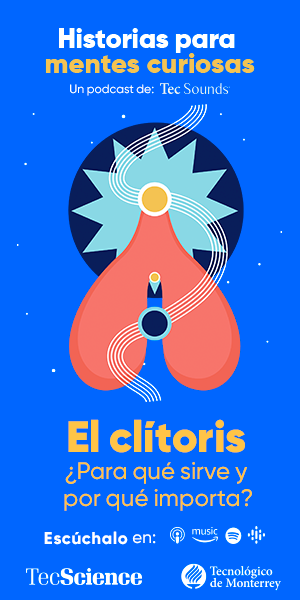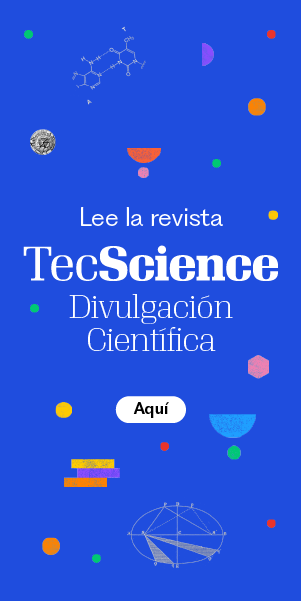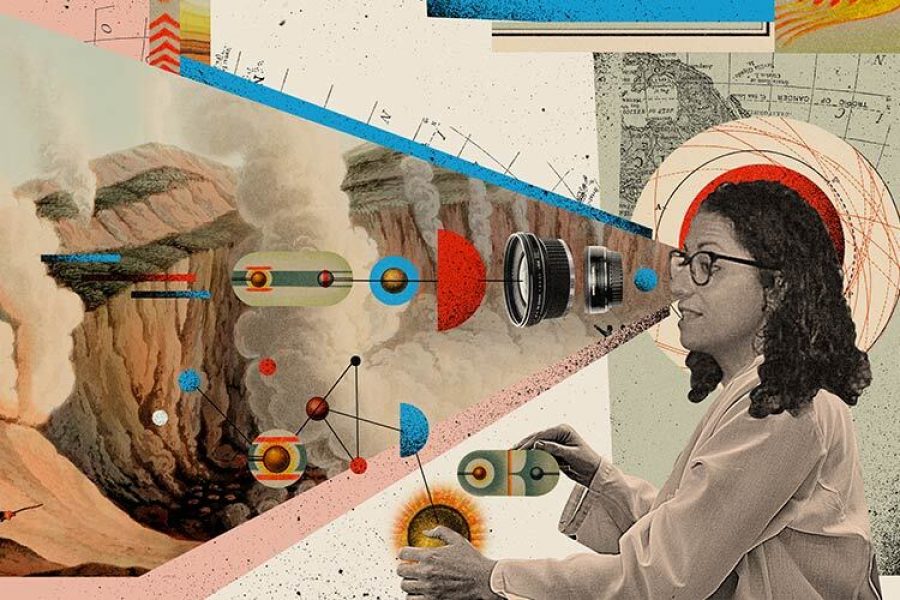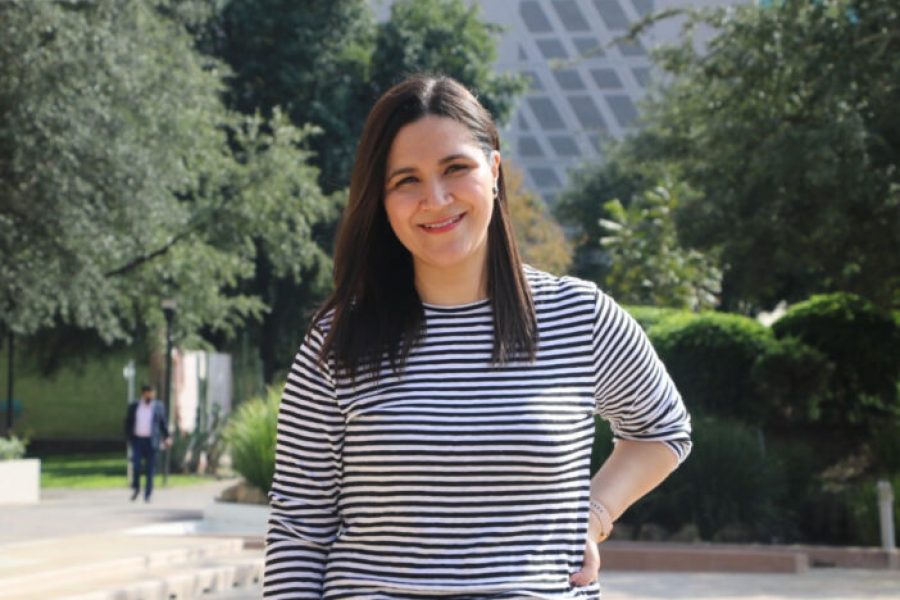Using renewable energy sources is one of the most important actions to reduce greenhouse gas emissions and contribute to an improvement in the climate crisis that currently affects our planet.
With this in mind, as of February 2022, 100% of the energy used by TecSalud‘s San José and Zambrano Hellion hospitals is photovoltaic, or solar.
This effort is part of Ruta Azul, Tec de Monterrey’s sustainability plan that seeks to build a future where the institution’s environmental impact is as low as possible.
In 2019, the institution emitted around 54,000 tons of carbon dioxide or CO2, the most common greenhouse gas there is, per year, and the goal is to reduce it by 50% by 2025.
“As an institution, we are committed to being leaders in sustainable development,” says Víctor Gutiérrez, National Sustainability Leader for the Tec de Monterrey Campus in an interview with TecScience.
What are renewable energies and why are they better?
Renewable energies are those that come from natural sources that are replenished faster than they are consumed and their generation produces few greenhouse gas emissions.
On the other hand, non-renewable energies, such as fossil fuels like coal, oil, and gas, take millions of years to form, and, to extract energy from them it is necessary to burn them, which generates emissions of these gases that are harmful for the planet and the species that inhabit it, including humans.
Some examples of renewable energies are solar, wind, and geothermal, which uses the energy inside the Earth, hydroelectric, which uses the energy generated by the movement of water, oceanic and bioenergy, which is produced by some organic materials.
Of all these, solar or photovoltaic energy is the most abundant and the easiest to obtain.
How TecSalud hospitals did it
To make all of their operations run on renewable energy, TecSalud hospitals currently purchase solar power from the Wholesale Electricity Market to then make a balance in the accounts of the National Center for Energy Control (CENACE). “You buy the equivalent in solar energy to the electrical energy you consume and a balance is made in the accounts,” explains Gutiérrez.
At the moment, this is the fastest strategy to contribute to change, since the largest amount of solar energy is produced in states such as Sonora and Coahuila, so there is not enough infrastructure in other states.
Also, to get it on site through solar panels, thousands of these would be needed as hospitals are highly demanding in terms of energy. “Today, with things as they are, we could produce around 5% of what is required,” says Gutiérrez.
Currently, 72% of the operations of Tec de Monterrey, which includes the different campuses of Tec de Monterrey, Tec Milenio, TecSalud and Sorteos Tec, work with renewable energy through a hybrid system in which some of the energy is obtained on site with solar panels and the other part through the Mexican electrical system.
In the future, the institution seeks that in the next 5 years up to 15% of the energy necessary for its operation be produced on site. Some campuses, such as Tec Milenio Querétaro, already produce 100% of their solar energy with panels.
In addition, according to Gutiérrez, the institution seeks to raise awareness among the population to invite all Mexicans to participate in a culture of sustainability and do everything possible to reduce their personal consumption of energy from non-renewable sources.
“We can’t help but realize that there is a really big problem with our planet that we all have to be working on,” he concluded.

